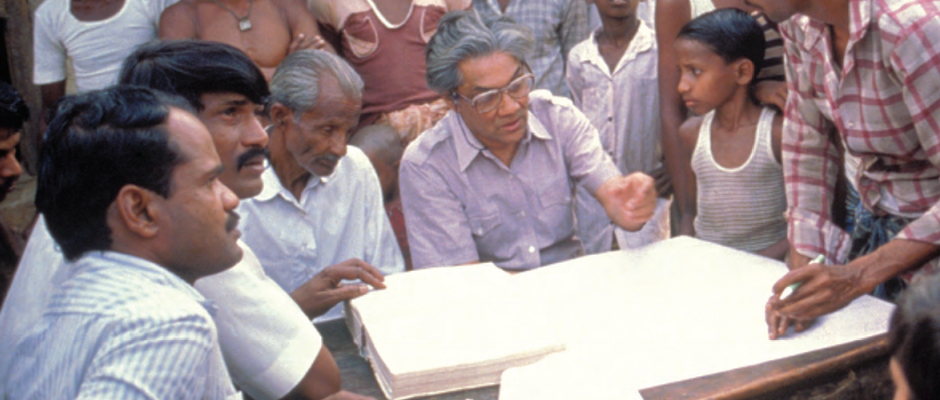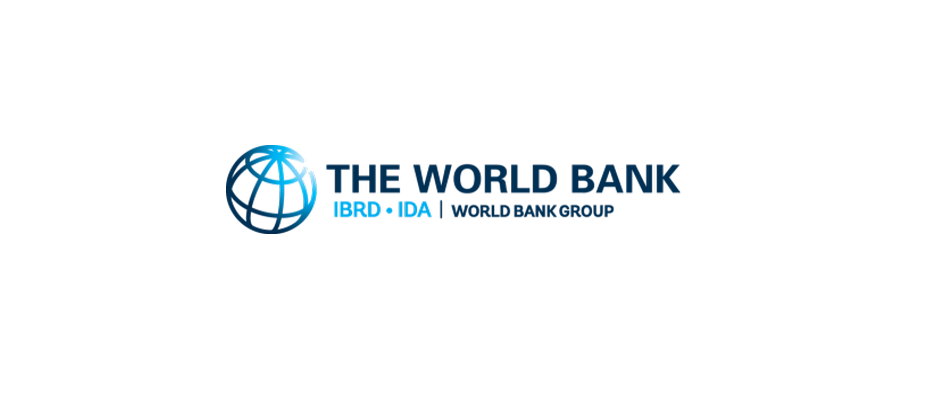
Each province is working in a silo with the result that conflicts and the blame game have marred the mid-term working of the respective governments.
The end of 2015 also signifies the end of the mid-term rule of the federal and provincial governments. Though the elections of 2013 were mired with question marks on its transparency and fairness one positive feature related to them was that each province had a different party governing it. This, the analysts, predicted would bring about a healthy competition between the provinces and ruling parties, and show which party had the best governance and performance. The federal government’s performance is tracked regularly through the Pakistan Economic Survey and various ministry reports but provincial performances and their comparisons are rarely available. However, the latest report published by the Institute of Policy Reforms (IPR) on ‘Growth of the provincial economies’ provides a comparison of various provincial economies and provides insights into how the two-and-a-half years of relevant governments have fared in each province. This report also provides insight into how provinces can become more self-reliant and decrease their dependence on providence.
After the 18th Amendment the role of provincial governments should have become very important. This amendment is designed to provide the decentralisation of many important sectors like law and order, health and education, and empower them to make their own plans and decisions on them. However, this empowerment has turned more into a power struggle where, instead of having a coordinated and consensus approach, the provinces feel an abandoned approach as far as resources are concerned and a controlled approach as far as decisions are concerned. This is the classic failure theory of giving responsibility without authority and accountability. The year 2015 has seen innumerable conflicts between provinces and the federal government. The major conflicts have been on allocation of resources like electricity, gas, the China-Pakistan Economic Corridor (CPEC) route etc. The latest one between the Sindh government and the federal government on granting of powers to Rangers is a typical example of how poorly communication and coordination have been designed and done between these two important levels of government.
Similarly, planning is still a cut and paste top down approach where the federal government does a more or less annual ritual of filling up templates in the planning commission that are more to satisfy the IMF, annual reports and slogans in fancy ads than any in-depth analysis to move the economy to the next level. That is why most of the economic projections end up being either revised or unachieved. For any decentralisation to work the approach has to become bottom up. That is the provinces have to make their plans and then these provincial plans need to be coordinated and debated, and collated in the federal government so that the resultant figure is a realistic and consensus-based document that has ownership in all provinces. However, so far, each province is working in a silo with the result that conflicts and the blame game have marred the mid-term working of the respective governments.
According to the report of the IPR based on data gathered from the Pakistan Bureau of Statistics and various other reports published by the government on economy, the GDP growth rate of the mid-term performance of federal and provincial government makes an interesting comparison. Pakistan’s GDP growth rate for the last two years i.e. 2013-2014 and 2014-2015 has averaged at 4.1 percent. In provincial GDP growth rate, Khyber Pakhtunkhwa leads with 5.1 percent, followed by Punjab at 4.4 percent, then Sindh at 3.4 percent and Balochistan lags at 2.7 percent. This performance of Khyber Pakhtunkhwa, despite the province being adversely affected by the war on terror, is remarkable. In this analysis, Punjab has been mired by the miserable performance of the agriculture sector. The agricultural growth rate that was a sterling four percent in the 1990s has now declined to two percent. Similarly, Sindh, which was a hub of industry in the 1990s due to its law and order situation, has slipped to third position as far as growth in the economy or industry is concerned. Employment and tax revenue growth factor is the highest in Khyber Pakhtunkhwa followed by Punjab, Sindh and Balochistan.
This mid-term analysis shows why the Pakistani economy is faring worse than that of Bangladesh, Sri Lanka, Nepal and many other minnow nations that were far behind us a few years ago. There is a high correlation between economic development and human development. Pakistan is ranked below these countries as far as Human Development Index (HDI) ranking is concerned. Imagine that Bhutan is ranked at 132, Maldives at 104, Nepal at 145, Bangladesh at 142 and Pakistan is below all of them at 147. Consequently, its economy has become uncompetitive in the region. While Pakistan’s GDP growth rate is 4.1 percent most of these economies are growing between five to six percent. This embarrassing performance is backed by some almost shameful facts. Pakistan’s literacy rate, instead of increasing, has actually decreased this year by two percent i.e. from 60 percent to 58 percent according to the Pakistan Social and Living Standard Measurement. As per the UN Millennium Development Goals, Pakistan had signed up to increase literacy to 88 percent by 2015 and, sorrowfully, we are 30 percentage points behind that goal. Within provinces we have seen Sindh’s economy faring the worst because in Sindh literacy has crashed by four percent. The best provincial economy has been that of Khyber Pakhtunkhwa as, according to the same data, the focus on female literacy in the last two years has resulted in a one percent increase in literacy in the province.
These figures prove that no amount of infrastructure resources, financial resources and natural resources can match the power of human resources. We can install the best machinery, the best project, the best software, the best programme in the world but, without an educated and skilled workforce, they will become trashed as junk in no time. The Prime Minister (PM) has recently stated that his government has just started getting the hang of things midway. Let us hope that it is not the same things that they have been doing every time they come to government. Let us hope that they realise that investing in people will always pay off more than investing in brick and mortar. Let us hope that they realise that taking provinces along will make planning and decision making more effective. Let us hope that they realise that power sharing has to go beyond kinship and connections. Let us hope that they understand that the rule of law is a rule of law for them too. Let us hope 2016 changes mindsets, approach, policies and actions to a direction where this country achieves the potential it is capable of.
This article was originally published on www.thedailytimes.com.pk


